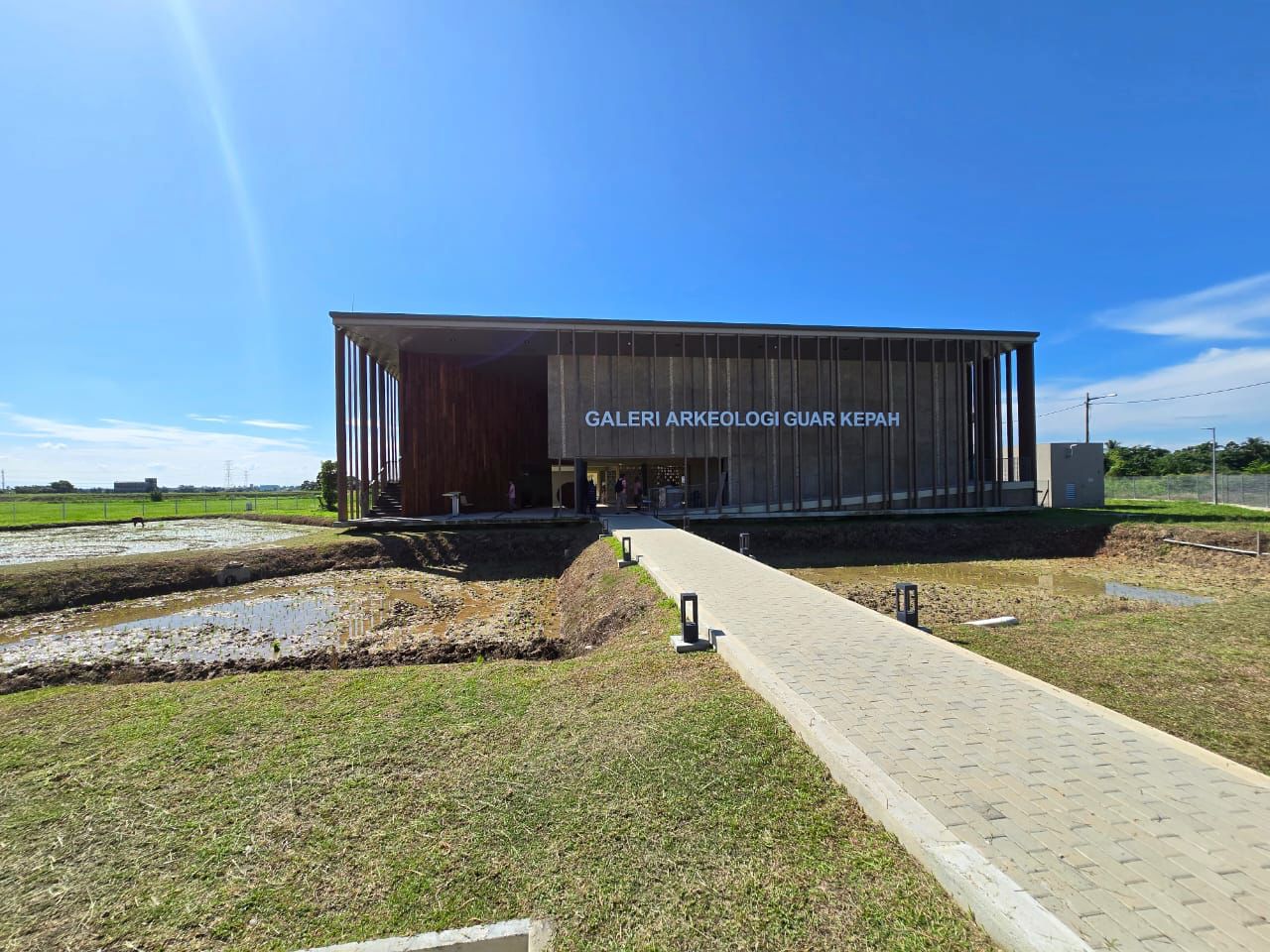SOME of Malaysia’s earliest inhabitants who have been away from home for almost a century will be returning soon to their place of origin – Kampung Guar Kepah in Penang. A gallery has been built to house 41 skeletons, discovered at the site between the mid-1800s and early 1900s, which will be repatriated back to Malaysia by the Netherlands Cultural Heritage Agency (RCE).
This is expected to happen in the next few months once the groundwork has been laid at the new Guar Kepah gallery where staff are currently being trained to manage the remains – believed to be more than 5,000 years old.
The bones have been in the Leiden Nationaal Natuurhistorisch Museum, now known as the Naturalis Biodiversity Centre, in the Netherlands for decades – but how and why they were taken to Leiden is still unclear.
In a response to Scoop, the Biodiversity Centre said that the Guar Kepah remains were transferred to the RCE in early 2023 following a restitution request.
“Naturalis has not conducted any research on this collection, as we have never been the owner of the collection,” said its head of communication and partnership Karin Huntjens.
Spokesman for RCE of the Netherlands Dolf Muller meanwhile said: “The agency hopes to fix the paperwork for repatriation of the bones. And then we will wait for the signal that the museum in Malaysia is ready to receive the human remains.”
University Sains Malaysia (USM) Centre for Global Archaeological Research (CGAR) lecturer Dr Suresh Narayanen – who led recent training programmes for the local community and tour guides on the Guar Kepah skeletons – said the gallery is being prepared to receive the remains with personnel being trained on conservation, analysis and handling of archaeological material.


In the mid-1800s, local men mining lime along the banks of Sg Muda discovered human skeletons buried among shell middens in Guar Kepah, which translates to “hill of molluscs” in the local dialect. The shells protected the remains thanks to their alkaline nature. Unsure of the significance of their find, the miners interred the bones in clay jars, leaving them with Kg Guar Kepah villagers.
Decades later, European researchers unearthed more skeletons from the site. A total of 41 skeletons were dug up from the time of discovery until World War II. The bones were studied by the Raffles Museum in Singapore and later sent to the National Natuurhistorisch Museum in the Netherlands. It was largely forgotten in the decades that followed.


By 1994, when a team from the Museum and Antiquities Department’s Archaeology Unit arrived in Guar Kepah, a house had been built on one midden, a road over another, while a third site was levelled.
In 2010, the state government acquired the house to construct an on-site gallery for the 41 skeletons once they were repatriated. During the construction of the gallery in 2017, an unexpected discovery was made: another skeleton – the remains of a woman now known as the “Penang Woman”.
Preliminary studies on the Penang Woman reveal that she was about 150cm tall, and aged between 30 and 35 years old when she died – around 5,000 years ago. She was found in a flexed position, suggesting she may have been buried during the late Paleolithic period. Further tests are ongoing to confirm her exact age and origins.
The findings at Guar Kepah hold immense significance for understanding early migration patterns and the genetic makeup of Southeast Asia’s populations.
According to Dr. Edinur Hisham Atan from University Sains Malaysia, these discoveries contribute valuable insights into DNA research and ancient population connections across the Asia-Pacific region.


The Penang Woman and other skeletons from the site display a blend of Australomelanesoid (typical Orang Asli) and Mongoloid features, linking the people in Guar Kepah to populations across East Asia, the Pacific and Australia. The Penang Woman is now at the USM CGAR for safekeeping and a replica of her bones can be viewed at the centre’s archaeology gallery on campus.
Ongoing DNA tests, including carbon dating using Accelerator Mass Spectrometry (AMS), will help confirm the genetics and precise age of the Penang Woman.
But the mysteries of Guar Kepah do not end there. Was this site a burial ground for ancient settlers or did rising and falling sea levels impact its formation and movement? These are some of the many questions archaeologists are still striving to answer.
With the possibility that more skeletons are hidden under the ancient shell midden, researchers face the challenge of determining whether further excavations are worthwhile. What they do know is that the story of Guar Kepah offers invaluable clues about the origins, culture, and migration of some of the earliest people to inhabit the west coast of Peninsular Malaysia, and their connections to the broader region. – March 1, 2025
Maria J. Dass is a heritage consultant whose work involves distinguishing historical accuracy over trends and popular narratives.

